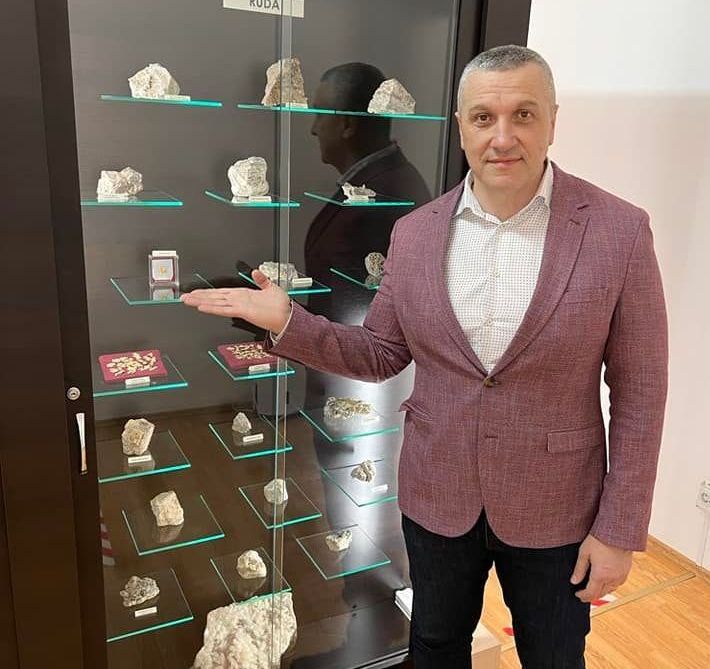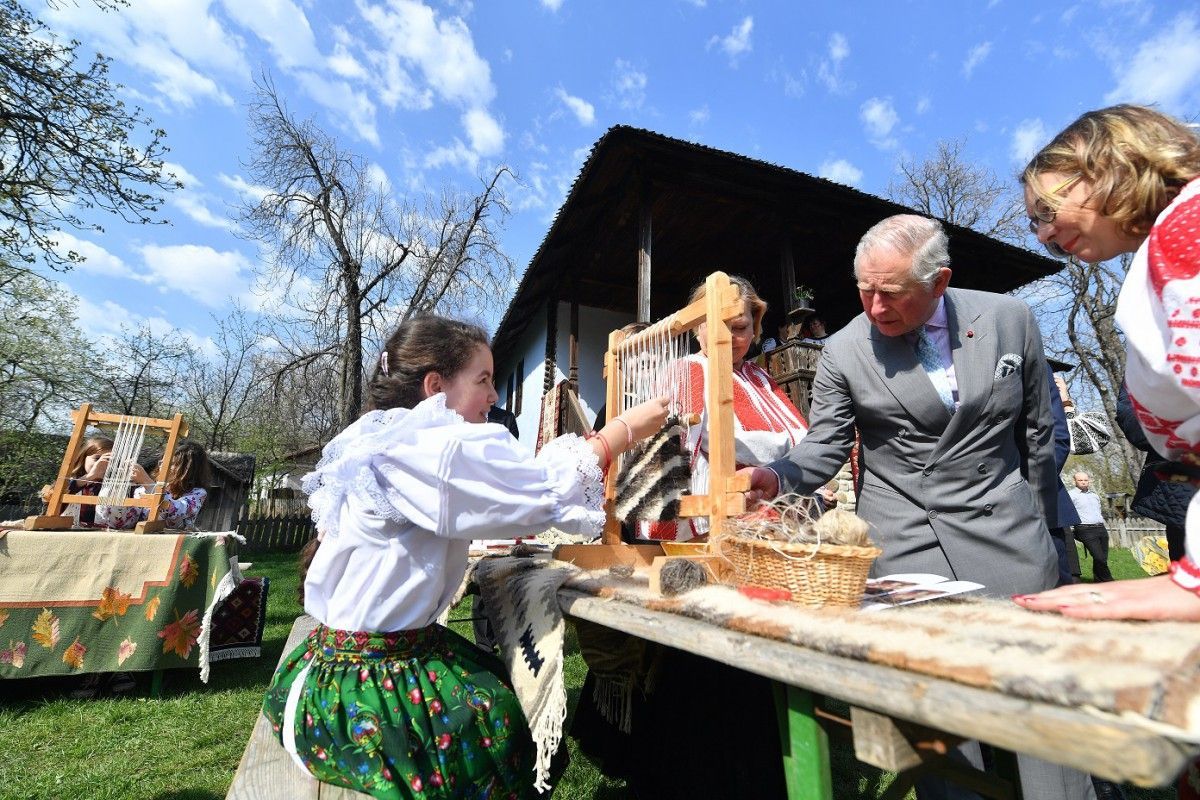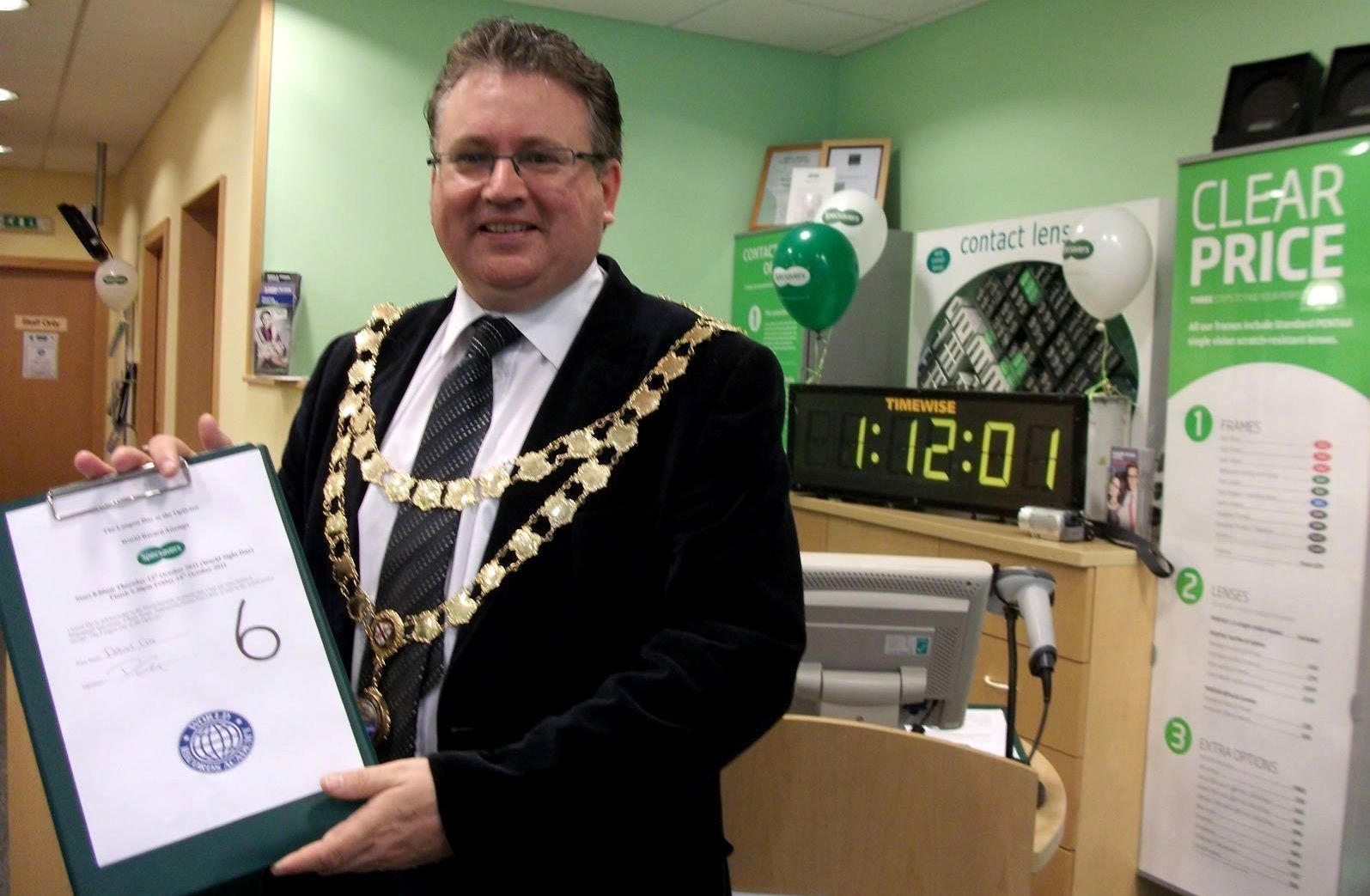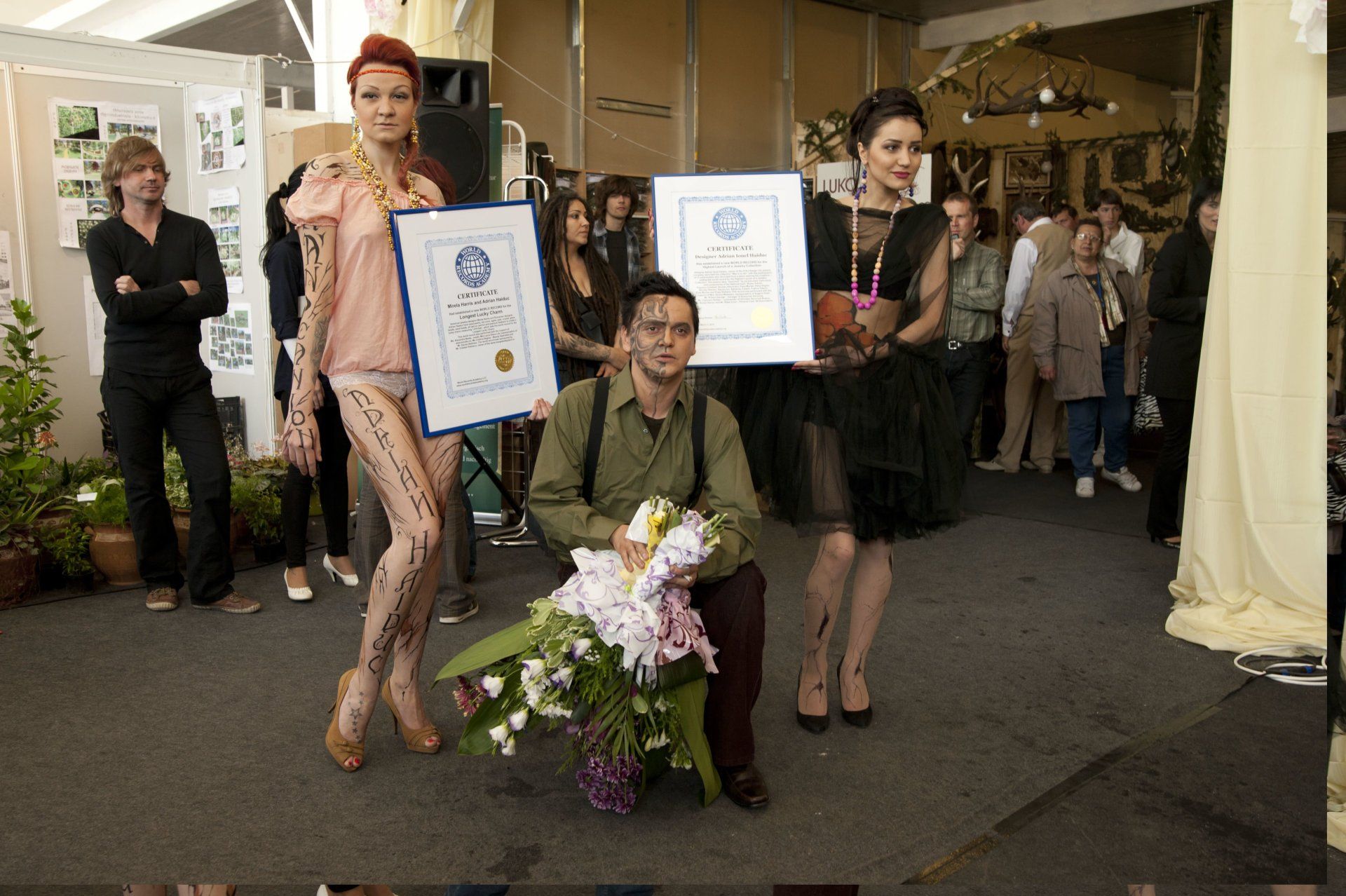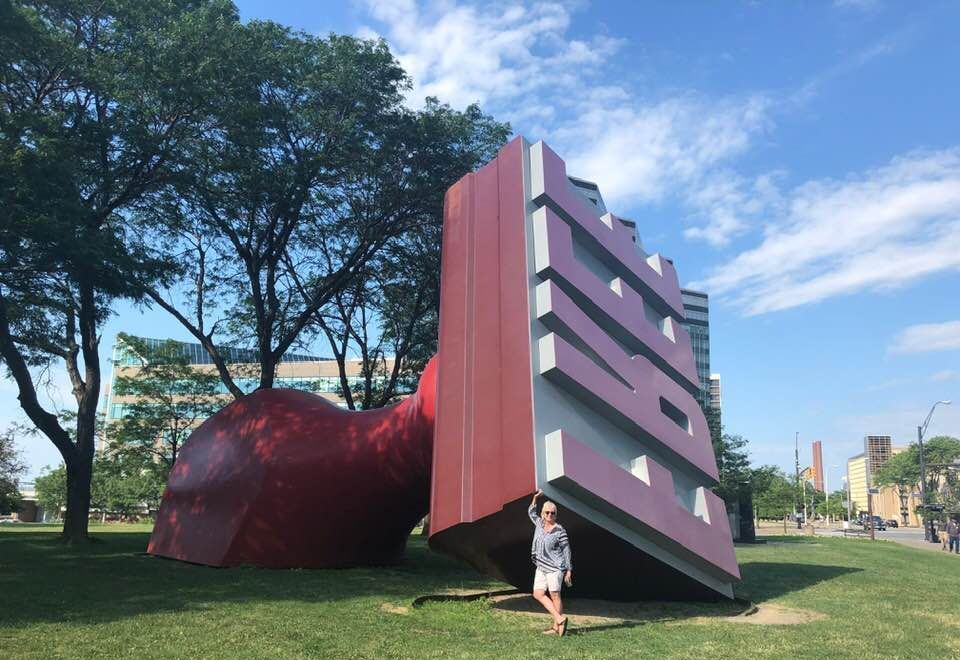World's Most Valuable 4,5 kg of Native Gold, The Gold Museum in Brad, Romania sets world record
Brad, Hunedoara County, Romania--Over 1,300 gold exhibits and more than 1,000 mineral samples are shown at the Gold Museum, in Brad, Hunedoara county; some exhibits are insured for sums that go over half a million dollars, and “the golden lizard” is worth more than 3 millions dollars; the museum sets the world record for the World's Most Valuable 4,5 kg of Native Gold, according to the WORLD RECORD ACADEMY.
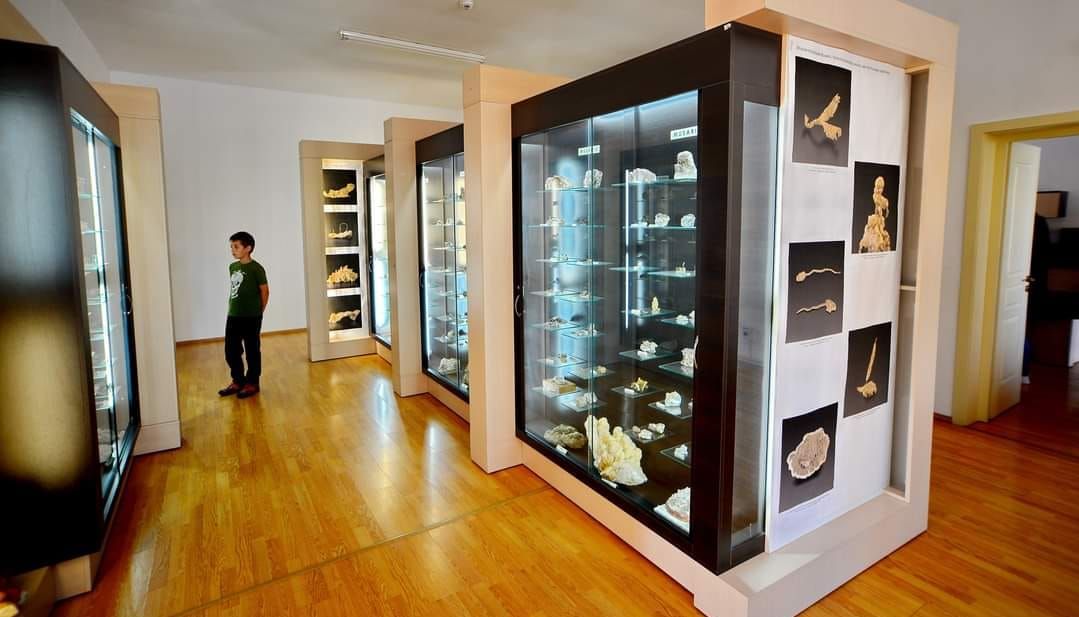
"Once you arrive in the northernmost municipality of Hunedoara County, it is impossible not to want to visit the Gold Museum in Brad, which boasts a unique collection in the world! Moreover, the northern region of Hunedoara County and the southern part of Alba County encompass dozens of gold mines, some dating back to the time of the Dacians and Romans," the
Go Hunedoara reports.
The museum, founded 100 years ago, is owned by MINVEST Deva and houses over 2,000 exhibits from all continents of the world. However, perhaps the most significant pieces are those made of native gold, originating right here, from "home," the Metaliferi Mountains.
"Visited since 1912, the collection includes archaeological artifacts discovered in the Brad-Criscior area, which provide evidence of human habitation for over 5,000 years, as well as gold mining activities from mines that are 2,000 years old."
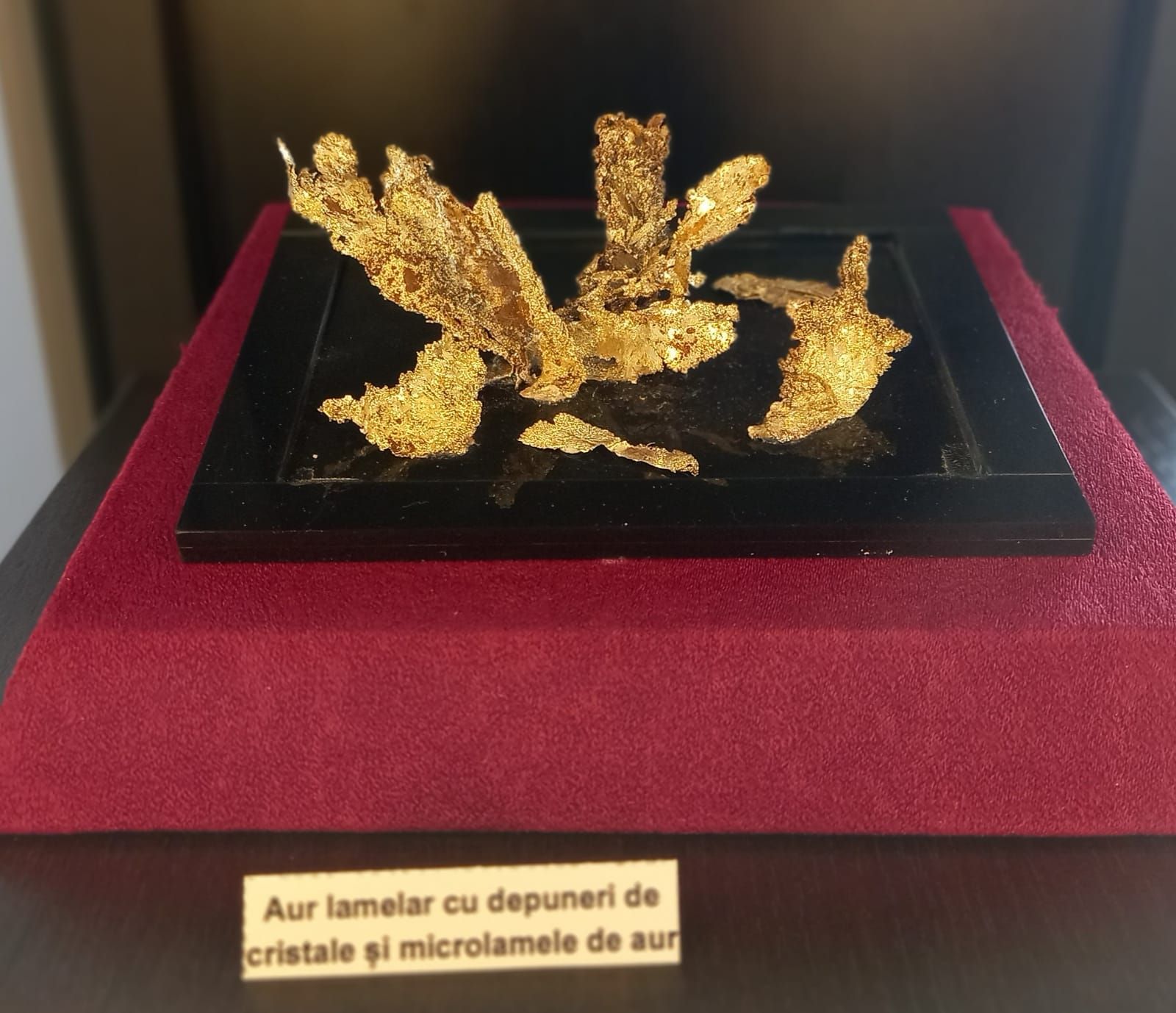
"n the Gold Museum in Brad, renowned for the richness of its exhibits, you will find gold in all possible forms: sheets, filaments, dendrites, granules, fine dispersed gold, free gold, as well as in combination (concretions) with other minerals," the
Go Hunedoara reports.
"From the museum guides, you will learn that this impressive collection brings together the majority of gold deposits in Romania, with representative exhibits for all types of mineralizations.
"Moreover, because you probably have never seen them before, you will have the opportunity to admire some of the rarest natural chemical combinations of gold with tellurium, such as
sylvanite and
nagyagite, at this museum."
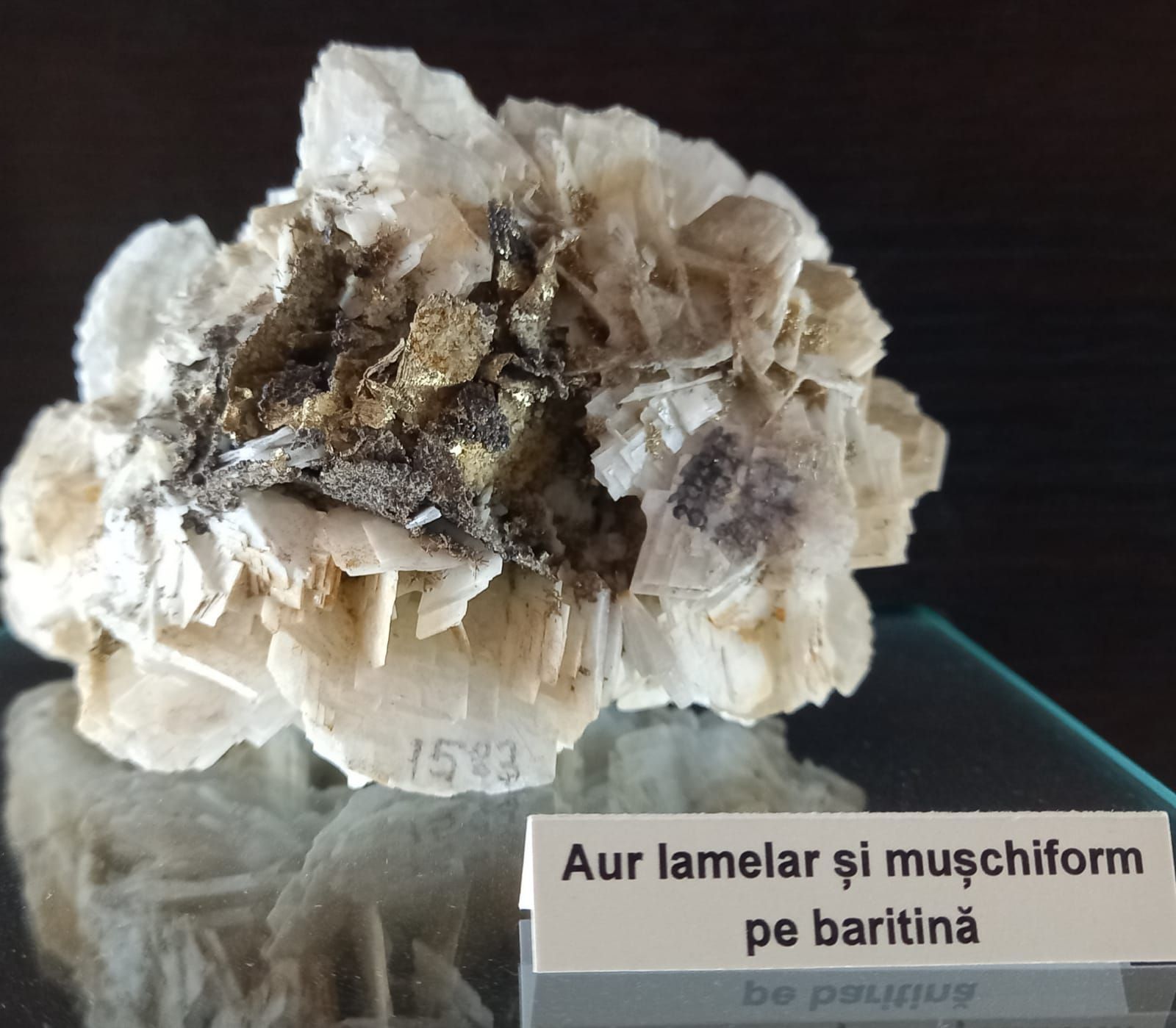
"The value lies not in the quantity of gold but in the uniqueness of the underground findings, which are exhibited in their natural state, without any intervention or processing ever applied to them," the
Go Hunedoara reports.
"There are pieces that have formed through natural processes, being associated with various plant-like, object-like, or animal-like shapes, depending on the imagination of the miners or geologists who were involved in organizing this museum.
"Most exhibits come from the Brad area. The visitors can see plants, animals and even object. Thus, you can find leaves, flowers as well as golden exhibits resembling dogs, snakes or even the map of Romania."
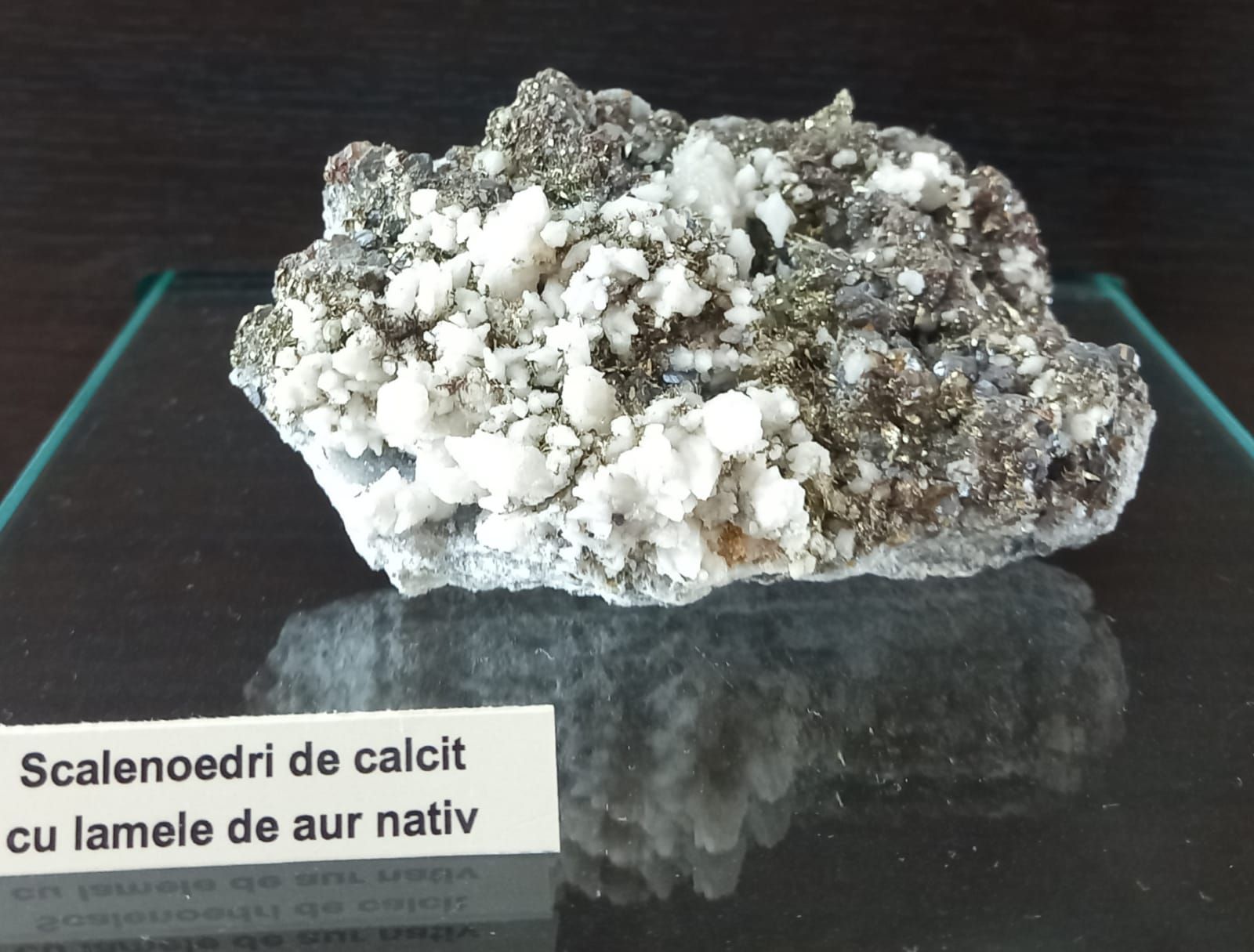
"Sylvanite or silver gold telluride, chemical formula (Ag,Au)Te2, is the most common telluride of gold. The gold:silver ratio varies from 3:1 to 1:1. It is a metallic mineral with a color that ranges from a steely gray to almost white. It is closely related to calaverite, which is more purely gold telluride with 3% silver.
"Sylvanite crystallizes in the monoclinic 2/m system. Crystals are rare and it is usually bladed or granular. It is very soft with a hardness of 1.5–2. It has a high relative density of 8–8.2. Sylvanite is photosensitive and can accumulate a dark tarnish if it is exposed to bright light for too long.
"Sylvanite is found in Transylvania, Romania, from which its name is partially derived. It is also found and mined in Australia in the East Kalgoorlie district. In Canada it is found in the Kirkland Lake Gold District, Ontario and the Rouyn District, Quebec. In the United States it occurs in California and in Colorado where it was mined as part of the Cripple Creek ore deposit. Sylvanite is associated with native gold, quartz, fluorite, rhodochrosite, pyrite, acanthite, nagyagite, calaverite, krennerite, and other rare telluride minerals. It is found most commonly in low temperature hydrothermal vein deposits." (Wikipedia)
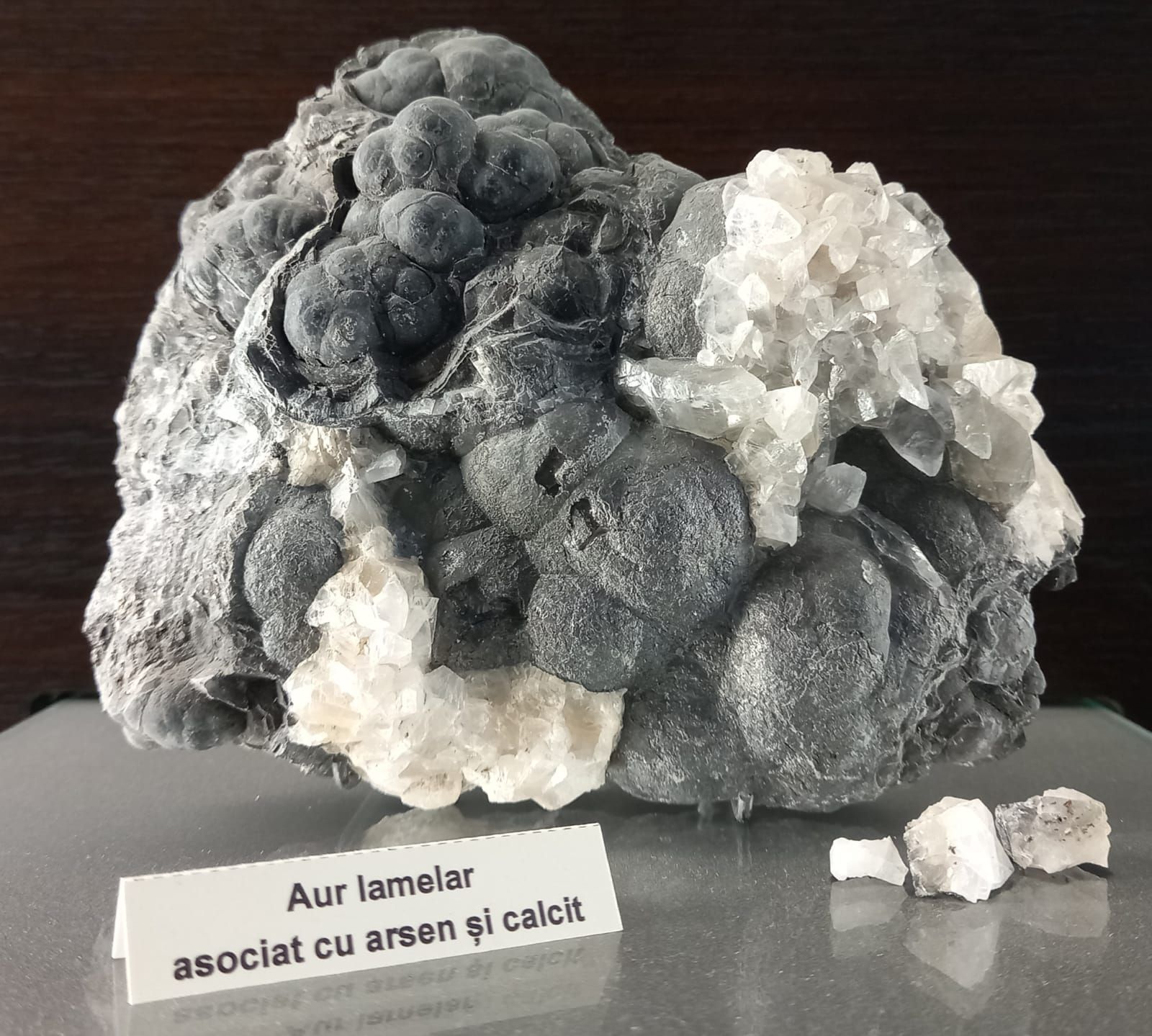
"Nagyágite (Pb5Au(Te,Sb)4S(5–8)) is a rare sulfide mineral with known occurrence associated with gold ores. Nagyágite crystals are opaque, monoclinic and dark grey to black coloured. It was first described in 1845 for an occurrence at the type locality of the Nagyág mine, Săcărâmb, Hunedoara County, Romania.
"It occurs in gold–tellurium epithermal hydrothermal veins. Minerals associated with nagyágite include: altaite, petzite, stutzite, sylvanite, tellurantimony, coloradoite, krennerite, native arsenic, native gold, proustite, rhodochrosite, arsenopyrite, sphalerite, tetrahedrite, calaverite, tellurobismuthite, galena and pyrite." (Wikipedia)
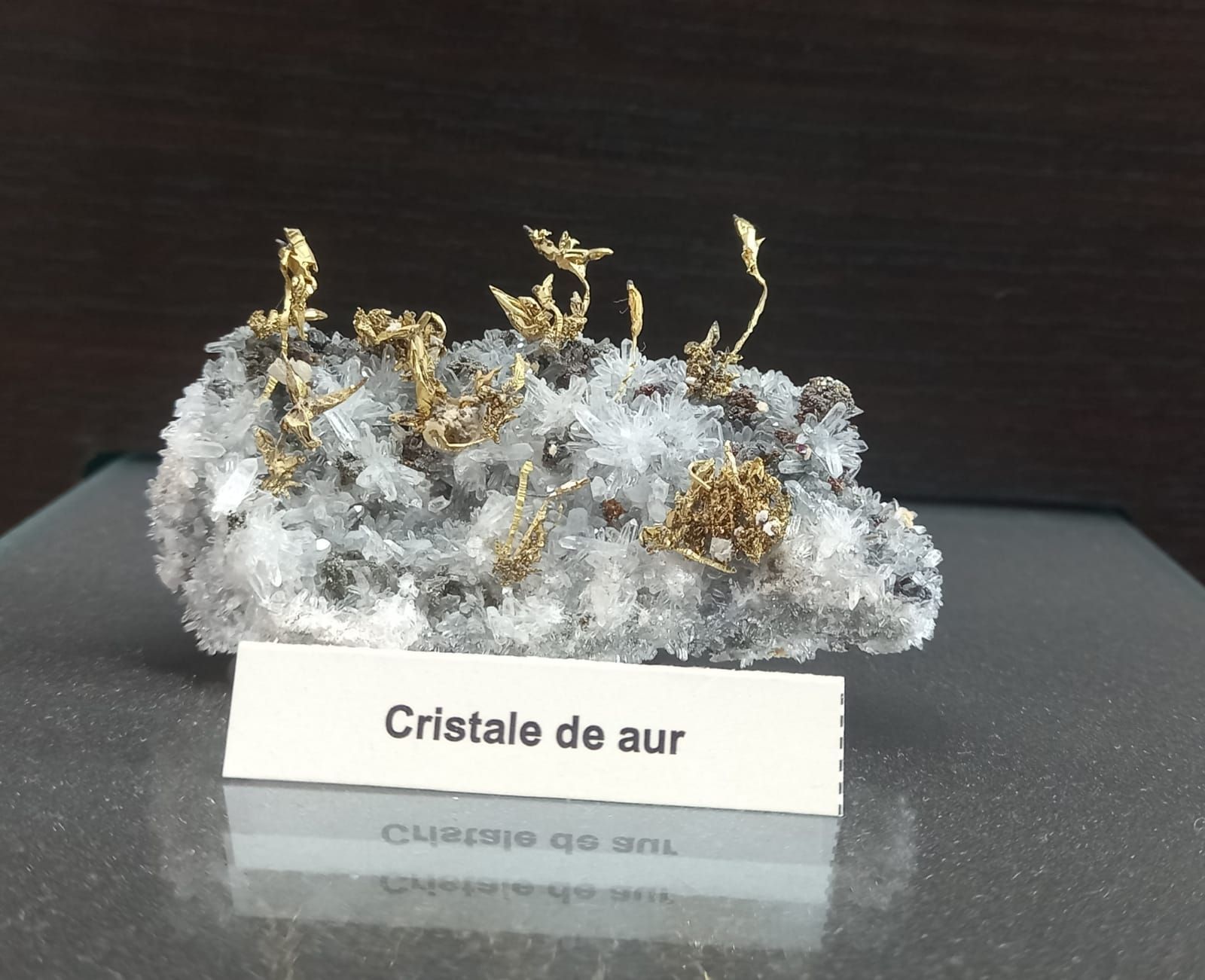
"We came 2 families with kids. The place is absolutely fantastic, considering that most of the shapes of the gold are created by nature. Some are valued over 2mil EUR. A must see, unique place."
"This is marvelous, hidden place in the tiny city of Brad, Romania. Miners found delicate, golden shapes that remind of well-known objects or living creatures. A ballerina, a feather, a polar bear, the map of Romania, lizards are some of the shapes in pure gold that have been found. The history of gold exploitation in Romania and around the world is presented in the museum.
"The objects are very rare and fascinating. The museum hosts over 4.5 kilos of native gold in some 1000 objects of gold in all possible forms: lamellae, filament, dendrite, fine dispersed gold, gold in combination with other minerals; 80% of these objects were found in the mountains of Brad area. In addition to gold, the museum hosts a rich mineralogical collection with over 800 pieces of minerals and ores."
"Considered the biggest collection in Europe - more than 2000 pieces on display, with very spectacular shapes for many - when it comes to gold, minerals and crystals , for sure is one of those unique place that you shall add to your list when you are visiting the area." (Testimonials from TripAdvisor)
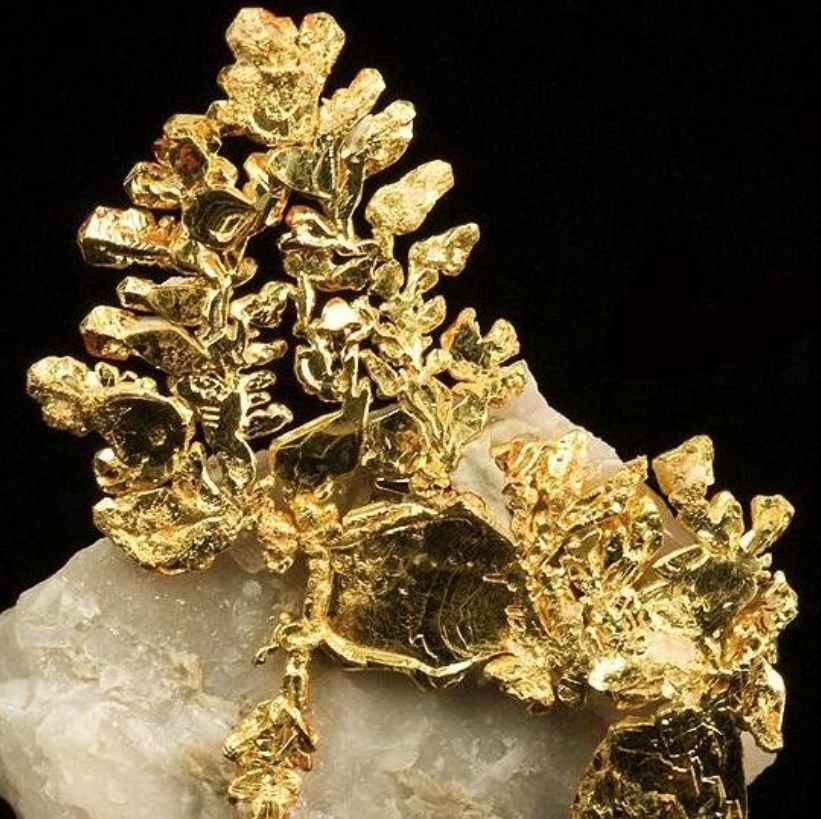
"A special attraction for those traveling through the Apuseni Mountains is the Mineralogical Collection in Brad, known as the “Gold Museum”. It belongs to the National Company “MINVEST” SA from Deva and was founded more than 100 years ago, during which time over 2000 exhibits from many countries on all continents were gathered," the Brad City Hall says.
"Among these, those with native gold, coming from the mines of the Metaliferi Mountains, stand out in particular, constituting from this point of view one of the most important collections in the world. The collection begins by presenting archaeological objects discovered in the Brad-Criscior area that prove the existence of man 5000 years ago and of a 2000-year-old gold mining activity. Old tools and objects used in the extraction and processing of gold ore, specific to the last two centuries, are exhibited, as well as suggestive photographic images of these activities.
"In the museum's halls, the visitor has the opportunity to get to know gold in a unique state, that of ore, in which it appears in various forms: finely dispersed, free or concreted with other minerals, lamellae, filaments, dendrites, granules and the rare natural chemical combinations of gold with tellurium, among which sylvanite and nagyagyt were identified for the first time in the world in deposits in the Apuseni Mountains."
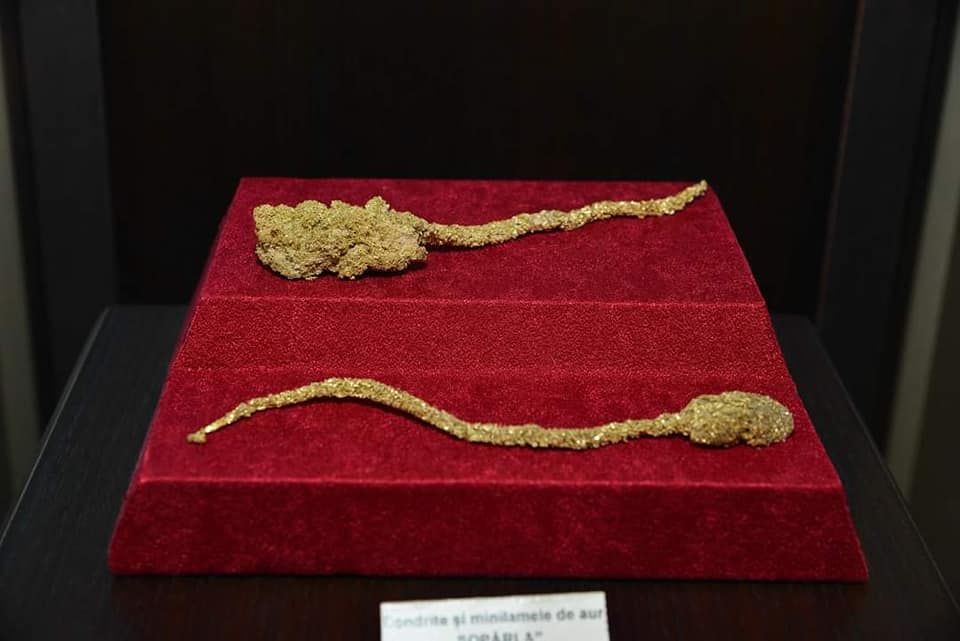
"A special attraction for those traveling through the Apuseni Mountains is the Brad mineral collection, known as the "Golden Museum". Over 100 years of existence, more than 2.000 massive gold exhibits have gathered from the deposits of the golden patulater of the Metaliferi Mountains, but also minerals from Romania and abroad," the
Outdoor Active says.
"The Golden Museum is unique in its own way because it houses some of the most spectacular native gold exhibits such as: Dacian flag, golden lizards and a pentagonal crystal, unique in the world. Another important element defining the museum as unique is that none of the exhibits have been processed by a gold master or by a jeweler.
"Through the variety of forms and colors, these minerals delight the eye and create a state of satisfaction for those who wish to broaden the horizon of knowledge of nature in general and the mineral world, especially."
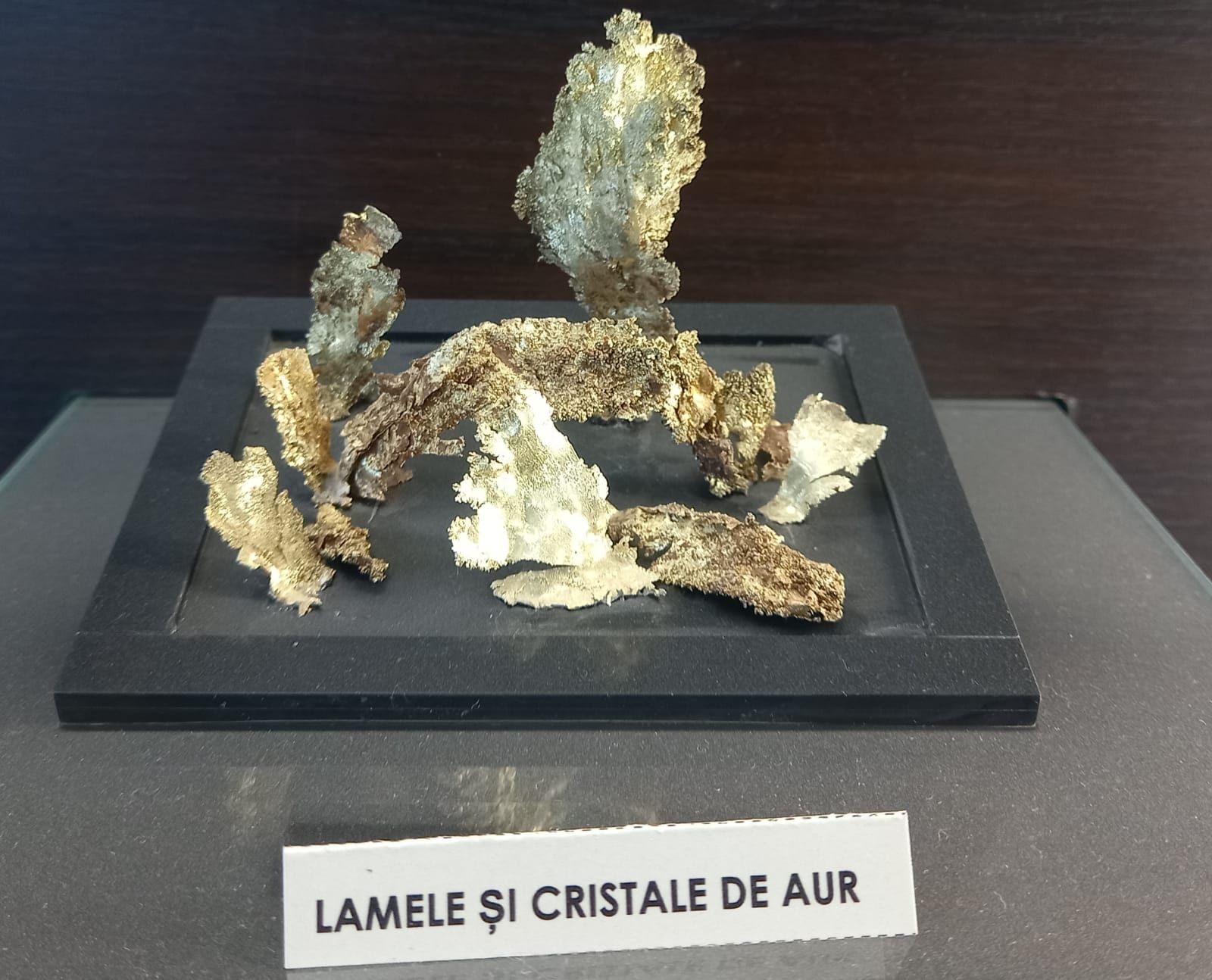
"The museum features more than 1300 minerals containing gold and more than 1000 without gold but exhibited for their beauty. The samples come from countries all over the world, but the most remarkable are the ones that come from the Metalifer Mountains of Romania, containing gold that has been extracted from here for centuries," the Alexandra Flavia Marcu says.
"Some exhibits are insured for sums that go over half a million dollars, and “the golden lizard” that was among the select collection that was to represent Romania at the World Exhibition in Paris in 1937 is worth more than 3 millions dollars.
"The collection features some fantastic pieces like the ‘Great Romania’, ‘The pen of Eminescu’ our national poet, ‘The golden lizards’, ‘the dancer’, ‘the polar bear’ or ‘the gun of Avram Iancu’ the hero of Transylvania."
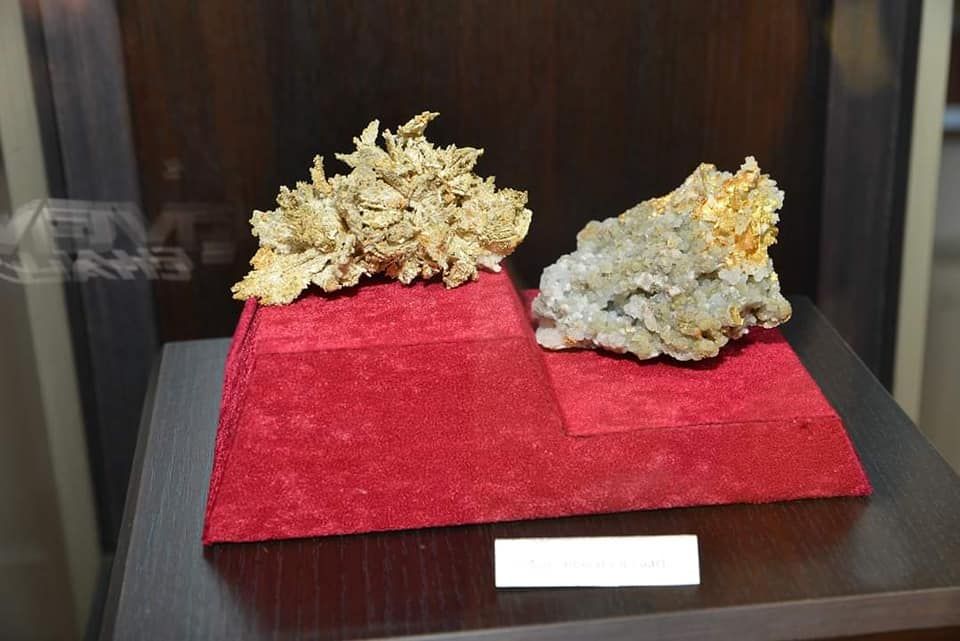
"Over 1,300 gold exhibits and more than 1,000 mineral samples are shown at the Gold Museum, in Brad, Hunedoara county, which has recently re-opened for visitors, after five years. During this time, the building was rehabilitated, and the museum’s collection examined and assessed. The insurance value of some of the pieces in the collection is evaluated at EUR 500,000," the
business-review.eu says.
“Imagine that the museum shelters the world’s most valuable 4.5 kg gold. The insurance value of some of the exhibits amounts to EUR 500,000. We know gold more as ingots, jewelry, and few know it as Good God created it. These gems were taken out from the Earth through the efforts of more than 40,000 miners, who used to work at the pit in Barza,” Brad municipality’s mayor Florin Cazacu explained at the Museum’s inaugural ceremony.
"According to him, the native gold exhibits the Museum shows are valuable because of the shape they were found in as, some of them looking quite like a lizard, a feather or a crystal at whose pointed edges gold grains cluster together."

Photos:
World's Most Valuable 4,5 kg of Native Gold, The Gold Museum in Brad, Romania sets world record
(1-10)
Facebook/The Gold Museum Brad
(11)
Related world records:
|
Alabama world records |
Alaska world records |
Arizona world records |
Arkansas world records |
California world records |
|
Colorado world records |
Connecticut world records |
Delaware world records |
Florida world records|
|Georgia world records | Hawaii world records| Idaho world records| Illinois world records| Indiana world records|
|Iowa world records | Kansas world records| Kentucky world records| Louisiana world records| Maine world records|
| Maryland world records| Massachusetts world records | Michigan world records | Minnesota world records |
| Mississippi world records | Missouri world records | Montana world records | Nebraska world records |
| Nevada world records | New Hampshire world records | New Jersey world records | New Mexico world records |
| New York world records | North Carolina world records | North Dakota world records | Ohio world records |
| Oklahoma world records | Oregon world records | Pennsylvania world records | Rhode Island world records |
| South Carolina world records | South Dakota world records | Tennessee world records | Texas world records |
| Utah world records | Vermont world records | Virginia world records | Washington world records |
| West Virginia world records | Wisconsin world records | Wyoming world records|
| Agriculture world records| Amazing careers world records | Arts world records |
| AMUSEMENT & THEME PARK WORLD RECORDS |
| Biggest world records | Business world records | Books world records | |
| Christmas world records | Collections world records | CATS world records | DOGS world records |
|Drinks world records | | Easter world records | Entertainment world records | FASHION world records |
|
Farming world records |
Fishing world records |
Food world records |
|
Games world records |
Green world records |
Halloween world records |
Hobbies world records|KIDS world records |
| Human Body world records | Internet world records | INVICTUS world records | JUSTICE world records |
| Mass Participation world record | Medical world records |
| Military world records | MEDICAL world records | MUSEUM world records | Modern Society world records |
|
Most Successful world records | Nature world records | New Year world records |
PET world records |
|
Religious world records | Science world records |
Skydiving world records
| Smallest world records | Sport world records | Stunts world records | Strength world records |
| Technology world records | Thanksgiving world records | Travel world records | Transport world records |
| Valentine's Day world records | Youngest world records |
| Weather world records | Wedding world records | WORLD'S FIRST world records |
